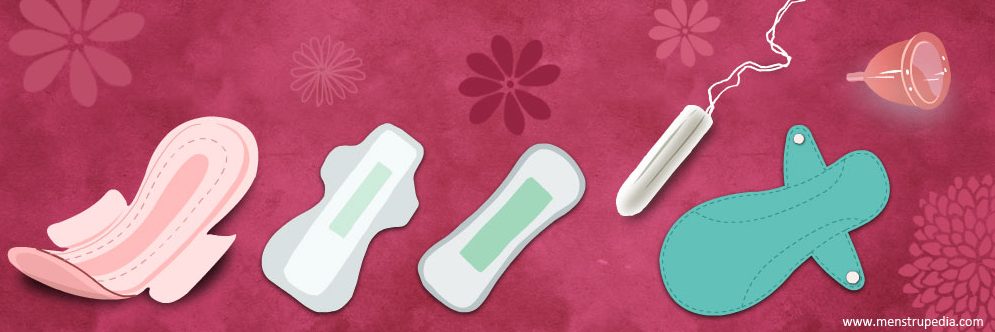For the past two semesters, I have noticed the increasing prevalence and incidence of alcohol consumption amongst the students of our campus. In particular, the freshman class (the class of 2017) has demonstrated unsafe drinking practices: there have been a multitude of reported cases involving alcohol poisoning and binge drinking that have made news headlines. Inspired by my public health class, I took it upon myself to begin the first step of curtailing this health problem.
Given that the majority of freshmen opt to live on-campus, I decided that hosting instructive workshops within the dorms would be the most conducive option. In order to test this idea, I planned a meeting with my floor. The agenda was as follows:
- Discuss the social norms that impact freshmen while reflecting upon personal and shared experiences (i.e. how these norms can impair judgment and decision-making), and
- Suggest alternatives to drinking and – operating under a “harm reduction” approach – provide healthier drinking behaviors in the event that they choose to continue to drink.
Prior to the meeting, I sent out an email containing a brief questionnaire that would help in the facilitation of the event. It contained questions that either presented a scenario that involved alcohol overconsumption, or asked for participants to give approximations of their or their peers’ drinking behavior (e.g. how much alcohol they drink on average, and their perception of how much their peers drink on average). This questionnaire was designed with the intention of the participants bringing relevant experiences to the meeting, in addition to helping them consider the impact of social norms on their drinking behavior. I also took it upon myself to fill out this questionnaire in order to provide my own relevant experience.
The meeting took place in the study lounge – a location convenient for everyone to assemble. The tables were placed in a way that allowed the meeting to be facilitated in a more comfortable manner. I began by asking individuals to volunteer to discuss what they had written about their drinking behavior and their perception of their peers’ drinking behavior. As this is a sensitive subject, I was not surprised when only one person raised their hand. I then volunteered and explained what I had written on my sheet: while I am a freshman and do not engage in drinking, I do perceive that my peers drink (on average) on at least six occasions per month. Several other students then began to volunteer and shared their respective experiences. The common trend was that while they (the student) may drink on occasion, the perception of their peers’ drinking frequency was much greater. As such, I deemed it important to introduce the concept of “social norms”: their misperception of the drinking habits of their peers allowed them to justify their own drinking behaviors. I presented the statistics provided by ‘alcoholedu@berkeley’ that gave the appropriate figures. Many were surprised at realizing that their perceptions had been heavily skewed.
Finally, I explained the negative consequences associated with drinking (on a physical, mental, and emotional level) and advised that they limit their drinking, if not stop it entirely. Realistically speaking, however, I did not expect that to end the matter as a whole. In the event that they are presented with the option of drinking alcohol, I wanted them to make a smart decision. Therefore, I presented a number of healthy drinking behaviors that could reduce the harm associated with drinking alcohol (on a micro level). Some of these behaviors included pacing the number of drinks to one or fewer per hour, avoiding drinking games, and eating before/during drinking.
In hindsight, I was happy to be able to educate my peers about healthy drinking behaviors. Many of them have thanked me about taking the time to talk to them on a peer-to-peer level and provide them with the guidance to reduce their drinking. I maintain my conviction that, if other dorms and student groups follow in a similar direction, Berkeley’s student body will be able to live a healthier life.
Article by Varun Bahl
Feature Image Source: Verge Campus
























